Ramen is a popular Japanese noodle dish known for its rich, flavourful broth and springy wheat noodles.
Ramen has gained immense popularity worldwide due to its deliciousness and versatility, with various regional and creative adaptations available in different countries. It's commonly enjoyed in ramen shops and restaurants, where chefs take pride in crafting unique and flavourful bowls to satisfy the taste buds of ramen enthusiasts!
History of Ramen
In 1697, Mito Mitsukuni was the first person to eat Ramen in Japan.
Ramen is a noodle dish that is inspired by a Chinese noodle dish. Ramen spread to Japan when the port opened for training in end of Meiji era (1868-1912). A China town was made in Kobe and Yokohama (the main ports). The ramen was called chuka-soba, (which means Chinese soba).
First Ramen shop opened in Tokyo. The restaurant owner invited 12 Chinese chefs from the Yokohama China town to work in his new restaurant.
Ramen is slightly different to other noodles. Ramen noodles are mixed with Kansui (alkalinized water). Kansui makes wheat noodles softer. In recent years, it was discovered in an old Japanese book that noodles made with kansui and wheat called Keitai-men were served in 1488, which could possibly be the first ramen style noodle ever served in Japan!
During the early stages of ramen arriving in Japan, it wasn’t so popular with the locals. The Japanese found the soup slightly too oily. During its evolution in Japan, ramen changed greatly from its Chinese counterpart to appeal to the taste of the Japanese. Toppings were changed to chashu pork, bamboo shoots, nori and eggs. Also, the soup flavours slightly differed to include soy sauce flavour, which wasn’t as oily as the Chinese soups.
After the war, ramen was eaten a lot as it was cheap to make but it also has a good nutritional value. Ramen was a popular street food as mobile carts would travel around the streets serving the food up to the 1950s.
The first instant noodle in the world: Nisshin Chicken Ramen was made in 1953, and it spread all over.
Many restaurants started to make a variety of soups such as seafood and miso. This resulted in almost all prefectures of Japan having its own unique style of ramen.
Ramen is loved by Japanese people and today there are 32000 ramen restaurants in Japan, also many ramen museums are built.

Types of Ramen
Ramen comes in various styles, each with its own broth, noodles, and toppings. Some popular types include:
- Tonkotsu Ramen: A rich, creamy broth made from pork bones, often topped with chashu (pork slices) and black garlic oil.
- Shoyu Ramen: A soy sauce-based broth, often with a clear, savoury taste.
- Miso Ramen: Features a broth made from fermented soybean paste, providing a hearty and slightly sweet flavour.
- Shio Ramen: A clear and salty broth, usually lighter in taste compared to other types.
What Can I Top My Ramen With?
Ramen can be customised with an array of toppings, depending on personal preference and regional variations. Some common toppings include chashu (sliced braised pork), ajitsuke tamago (marinated soft-boiled egg), nori (seaweed), menma (bamboo shoots), green onions, corn, bean sprouts, fried tofu and Japanese pickles are often used.
Ramen Facts
- When enjoying ramen in Japan, there are some customs to keep in mind. Slurping the noodles is considered a sign of appreciation for the chef and is widely accepted. Additionally, it's customary to eat ramen quickly while it's still hot, as the dish is best enjoyed when the flavours are at their peak.
- In 2005, Japanese astronaut Soichi Noguchi took instant ramen to space during his mission on the International Space Station. It became the world's first "space ramen," specially designed to be eaten in a zero-gravity environment.
- In Japan, there are hot spring spas that offer ramen baths. These baths consist of actual ramen broth, soy sauce, and synthetic noodles, believed to have beautifying and rejuvenating effects on the skin!
- The world's largest cup of ramen was prepared in Japan in 2019. It contained a whopping 3,084 litres of broth and 380 kilograms of noodles!

Ramen Accessories
Ramen bowls are specially designed bowls that are typically large and deep to hold the generous servings of ramen noodles, broth, and toppings.
Ramen spoons, or ramen ladles, are larger and deeper spoons specifically designed for serving and enjoying ramen. They are used to scoop up the broth, noodles, and toppings, allowing for a more substantial mouthful of the delicious flavours!





